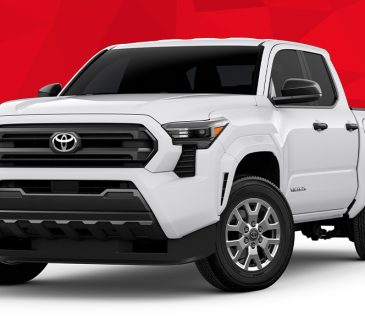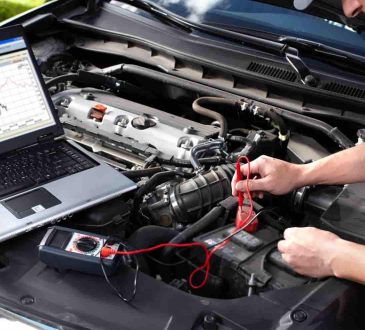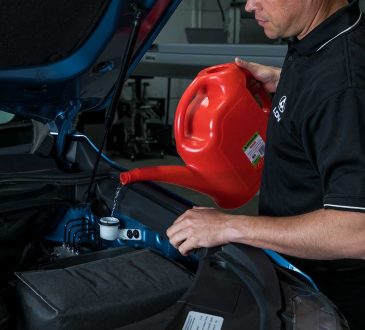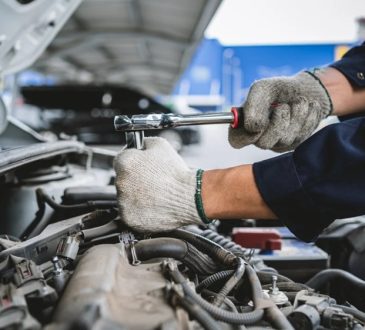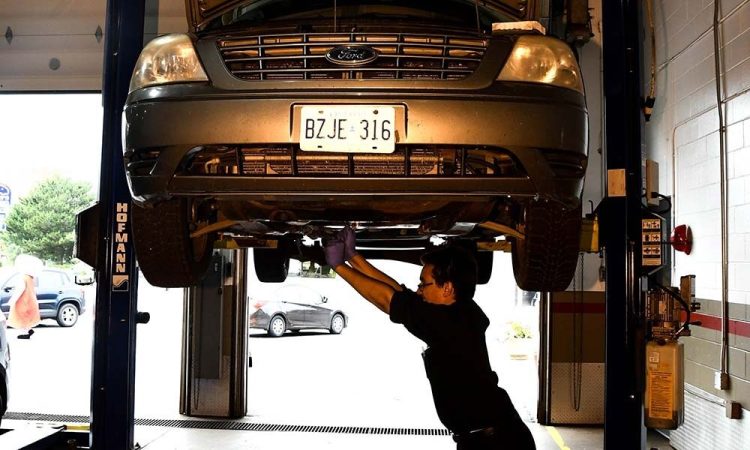
When your vehicle’s body panels are damaged and repaired, the quality of those repairs can significantly affect the car’s appearance, safety, and resale value. Unfortunately, not all repair shops deliver top-notch work. Poor-quality repairs can lead to visible flaws, structural weaknesses, and ongoing problems. Knowing how to identify red flags on your body panels can help you avoid future headaches and ensure you get the service your vehicle deserves.
Uneven Surface and Misalignment
One of the most obvious signs of substandard repair work is unevenness or misalignment of body panels. After a quality repair, panels should fit seamlessly, maintaining consistent gaps between doors, fenders, and other parts. If you notice irregular gaps, bumps, or panels that don’t sit flush, this often indicates that the bodywork was rushed or poorly done.
Misaligned panels can also cause issues like wind noise, water leaks, and difficulty closing doors or hoods properly. These problems not only affect comfort but may also lead to further damage over time.
Poor Paint Matching and Finish Quality
A telltale sign of inferior repair is paint that doesn’t match the rest of the vehicle. Even slight variations in color, gloss, or texture are easy to spot, especially in sunlight. Paint that looks dull, blotchy, or has visible overspray on adjacent parts signals a lack of attention to detail. This is where you need to hire the services from the Auto Repair in Warrenville, SC based stores, They are really the best ones in this matter.
Additionally, poorly applied paint may peel or chip prematurely, exposing the underlying metal and risking rust. A smooth, consistent finish that blends perfectly with the original paint is a hallmark of a professional repair.
Visible Filler or Uneven Sanding Marks
In some poor repairs, excessive body filler is used to mask dents rather than properly reshaping the panel. This can cause a “soft” or spongy feel when pressed and sometimes visible imperfections on the surface. Sanding marks or rough areas that weren’t properly smoothed before painting are other signs of rushed work.
These defects can become more noticeable with time and lead to cracking or peeling paint. A skilled technician will ensure the panel’s surface is flawlessly prepared before repainting.
Rust or Corrosion Reappearance
If you notice rust or corrosion returning near a repaired area shortly after the repair, it’s a red flag that the damage wasn’t fully addressed. Proper repairs include thorough cleaning, rust treatment, and protective coatings beneath the paint.
Rust spreading underneath a repair can cause bubbling paint, structural weakening, and expensive follow-up repairs. This issue often stems from shortcuts taken during the repair process or inadequate corrosion protection.
Functional Issues and Poor Reassembly
Finally, poorly repaired body panels may lead to functional problems such as doors or trunks that don’t close smoothly or misaligned headlights and turn signals. These issues can be signs that panels were removed and reinstalled incorrectly or fasteners weren’t properly tightened.
Conclusion
Identifying signs of poor-quality body panel repairs can save you from costly future problems and preserve your vehicle’s value and safety. Always choose reputable shops that use proper techniques and materials. After repairs, carefully inspect the vehicle for uneven surfaces, paint issues, filler defects, rust, and functional problems.

